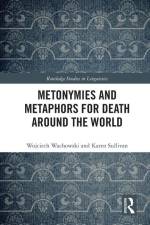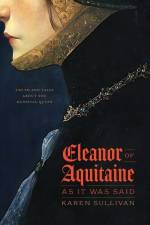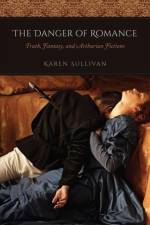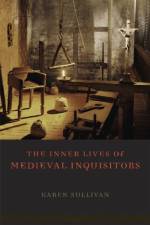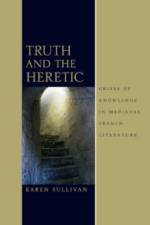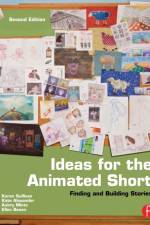av Karen Sullivan
539,-
"We have nothing of Eleanor of Aquitaine (1124-1204) written by the queen herself. Yet there is no shortage of books about her, no dearth of commentators speculating about her life, and no lack of readers eager to know more about what motivated this powerful, twelfth-century woman. What we do have, and what scholars have made use of over the centuries, are more than a hundred stories ("histories") about Eleanor from the twelfth and thirteenth centuries that mention her in passing, but that end up being an odd mixture of fact and fiction. As Karen Sullivan reminds us in this book, it is telling that the medieval writers of these stories were always careful to qualify their accounts of Eleanor with the tag "it was said," acknowledging that they were merely repeating stories already in circulation. Further, we possess a dozen other accounts ("parahistories," as Sullivan calls them)-love songs, ballads, romances, anecdotes, treatises, and epistles from the period-all of which purport to tell us something of this queen. Fantastical as so many of the medieval tales about Eleanor may seem, for Sullivan, they tell us certain truths about what was possible for a woman in twelfth-century France, certain expectations buried in the fantasies, and those truths, as much as can be known at our great remove, are the subject of this book. Sullivan offers a new method to read, not through the historical records, as earlier scholars have done, but in them. For Sullivan, the challenge for us in trying to understand Eleanor is not to translate the vocabulary of the Middle Ages, with its privileging of terms like morality and prudence, into our own contemporary notions of political power, but to do the opposite: namely, to entertain, if only for a time, the conceptual categories in which medieval people organized their world. For twenty-first century readers, Sullivan suggests, the aim is not to bring Eleanor into our world, but to take ourselves into hers. Through intensive close readings of both the historical and parahistorical records, Sullivan challenges earlier characterizations of the queen, giving us a different way to understand Eleanor, her motivations, and actions. The book will be read by experts on Eleanor and medieval queenship, by scholars in medieval history and literature, and those interested in gender studies, as well as by a number of specialists in other aspects of the Middle Ages, in the crusades, for example, or courtly love, troubadour poetry, motherhood and inheritance, and monastic spirituality. It will also appeal to a number of general readers who are always interested in the life of this remarkable woman"--




